Sourav Pan
Transcript
Biological organization is a structured hierarchy that arranges living entities from simplest to most complex.
This hierarchical framework helps scientists study complex life systems by breaking them down into manageable levels.
Each level builds upon the previous one, creating increasingly complex systems from atoms to the entire biosphere.
This organizational structure reveals how simpler components interact to form more complex biological systems with emergent properties.
Emergent properties are new characteristics that exist at complex levels but are not present in their individual parts.
By understanding each level of biological organization, scientists can better comprehend how life functions from the atomic scale to the global biosphere.
Cells of similar types organize together to form tissues, the next level in biological organization.
There are four main types of tissues in the human body, each with specialized functions.
Epithelial tissue forms protective barriers and linings, such as skin and the lining of organs.
Connective tissue provides support and binds other tissues together, including bone, cartilage, and blood.
Muscle tissue enables movement through contraction, whether voluntary movement or involuntary functions like heartbeat.
Nervous tissue conducts electrical signals for communication throughout the body, forming the brain, spinal cord, and nerves.
Multiple tissues combine to form organs with specific functions. Each organ contains several tissue types working together.
Organs then work together as organ systems. Each organ system performs vital functions that contribute to the survival of the organism.
For example, the circulatory system transports oxygen, nutrients, and hormones throughout the body, while the respiratory system exchanges gases with the environment.
This hierarchical arrangement demonstrates how increasing complexity emerges from simpler components, from cells to tissues to organs and finally to organ systems.
Communities and Ecosystems represent the next level in biological organization.
Communities comprise all populations of different species that live and interact in the same geographical area.
Community interactions include four key types.
Competition occurs when species vie for the same limited resources.
Predation involves one organism consuming another.
In parasitism, one organism benefits at the expense of another.
Mutualism is where both species benefit from their interaction.
Ecosystems encompass both communities and their physical environment.
They include living organisms or biotic factors, as well as soil, water, and climate, which are abiotic factors.
Energy flows through ecosystems via food chains and nutrient cycles.
This process begins with producers like plants capturing energy from the sun through photosynthesis.
Primary consumers such as herbivores eat the plants, transferring that energy up the food chain.
Secondary consumers like carnivores then eat the herbivores.
Finally, decomposers break down dead organisms, returning nutrients to the soil for producers to use again, completing the cycle.
The stability of ecosystems depends greatly on biodiversity.
Higher biodiversity generally leads to greater ecosystem stability.
When multiple species perform similar ecological roles, the ecosystem is more resilient.
This redundancy helps ecosystems withstand environmental disturbances.
These interactions create a complex web of interdependencies that maintain balance within the ecosystem.
Ecosystems represent a critical level of biological organization, connecting individual communities to broader biomes.
Emergent properties are one of the most fascinating aspects of biological organization.
These are characteristics that appear at higher levels of organization but aren’t present in the lower levels that make them up.
Let’s explore some fascinating examples of emergent properties across different biological levels.
At the molecular level, water exhibits properties like surface tension, cohesion, and high heat capacity. These properties aren’t present in individual hydrogen or oxygen atoms.
At the organism level, consciousness emerges as a property of the complex neural networks in our brains. No single neuron possesses consciousness, yet somehow our billions of neurons together create self-awareness and complex thought.
At the ecosystem level, resilience emerges from the interactions between populations and communities. This allows ecosystems to adapt to disturbances and self-regulate in ways no single species could achieve.
Emergent properties reveal that the whole is greater than the sum of its parts. Complex biological systems function in ways that can’t be predicted by simply studying their components in isolation.
Understanding these emergent properties helps scientists comprehend how complex biological systems function and adapt, from the molecular level to entire ecosystems.
Study Materials
No study materials available for this video.
Helpful: 0%
Related Videos

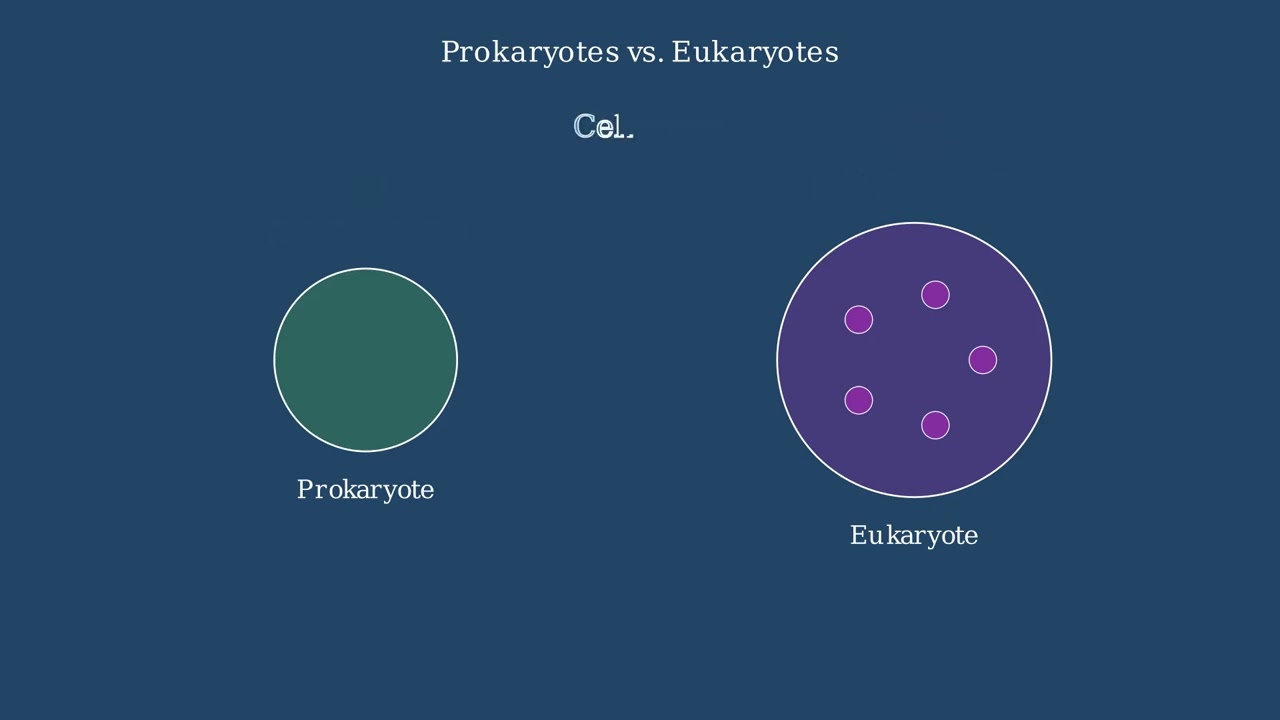
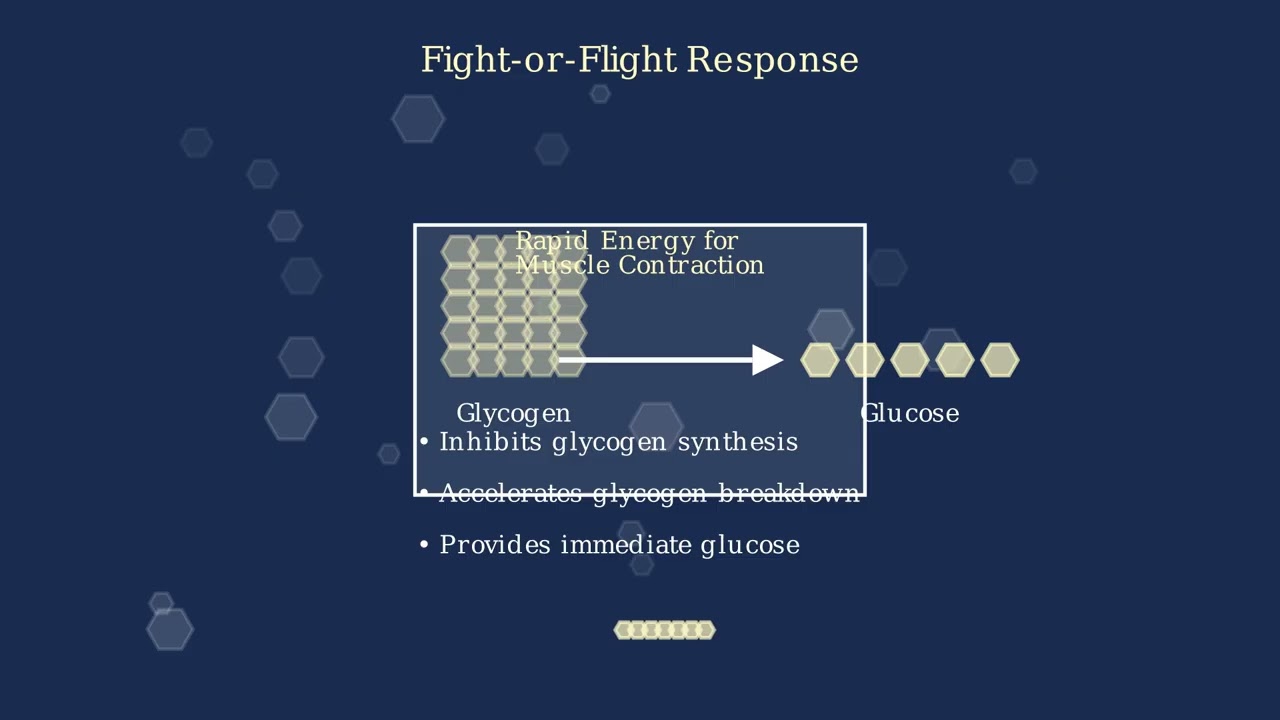
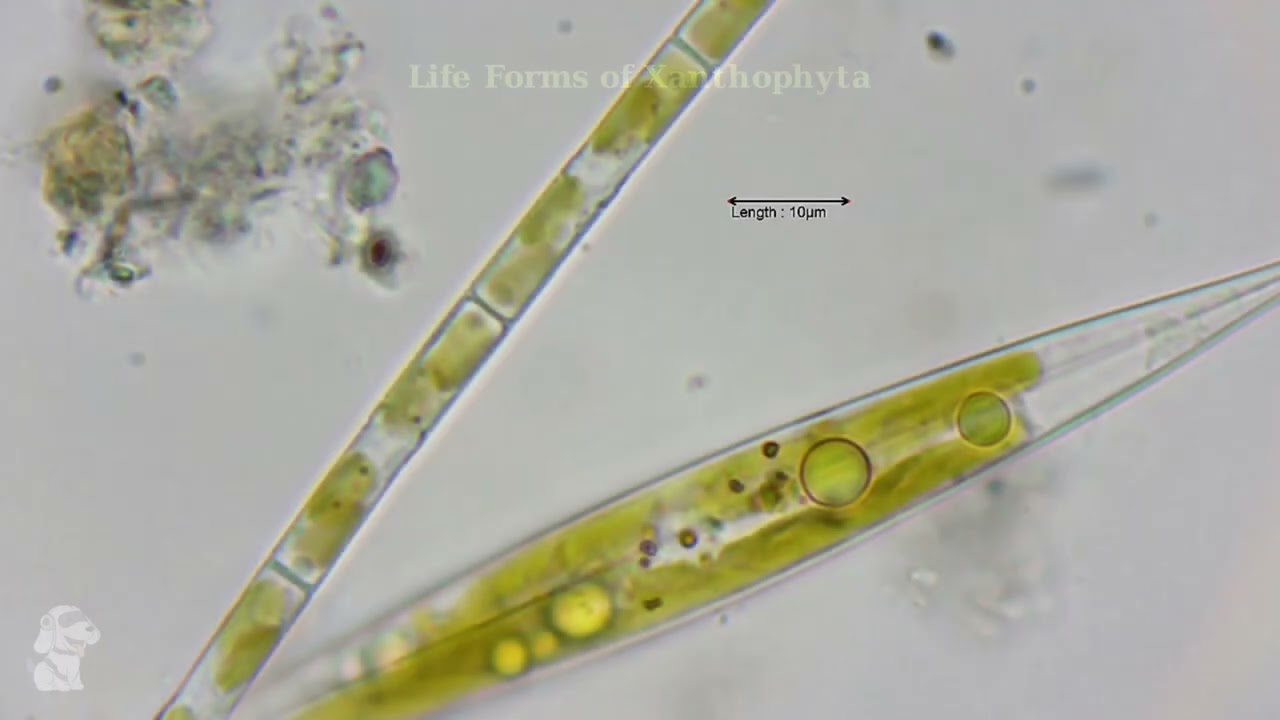

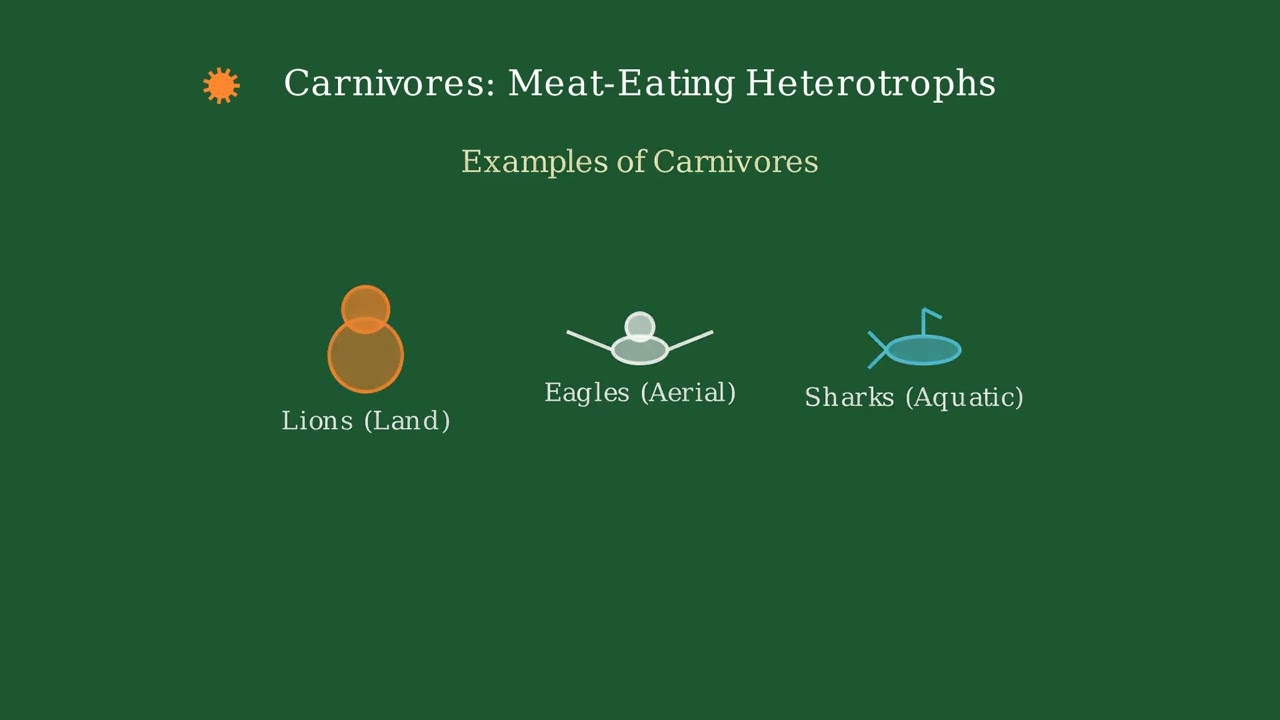
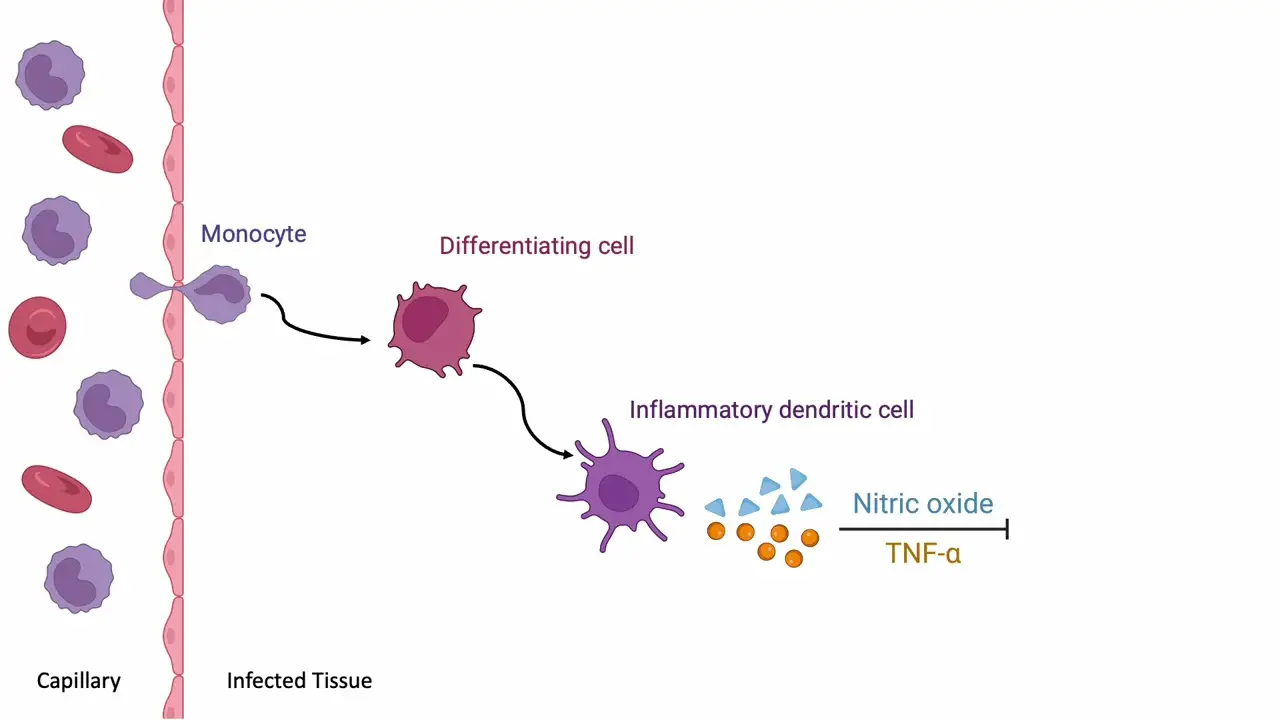
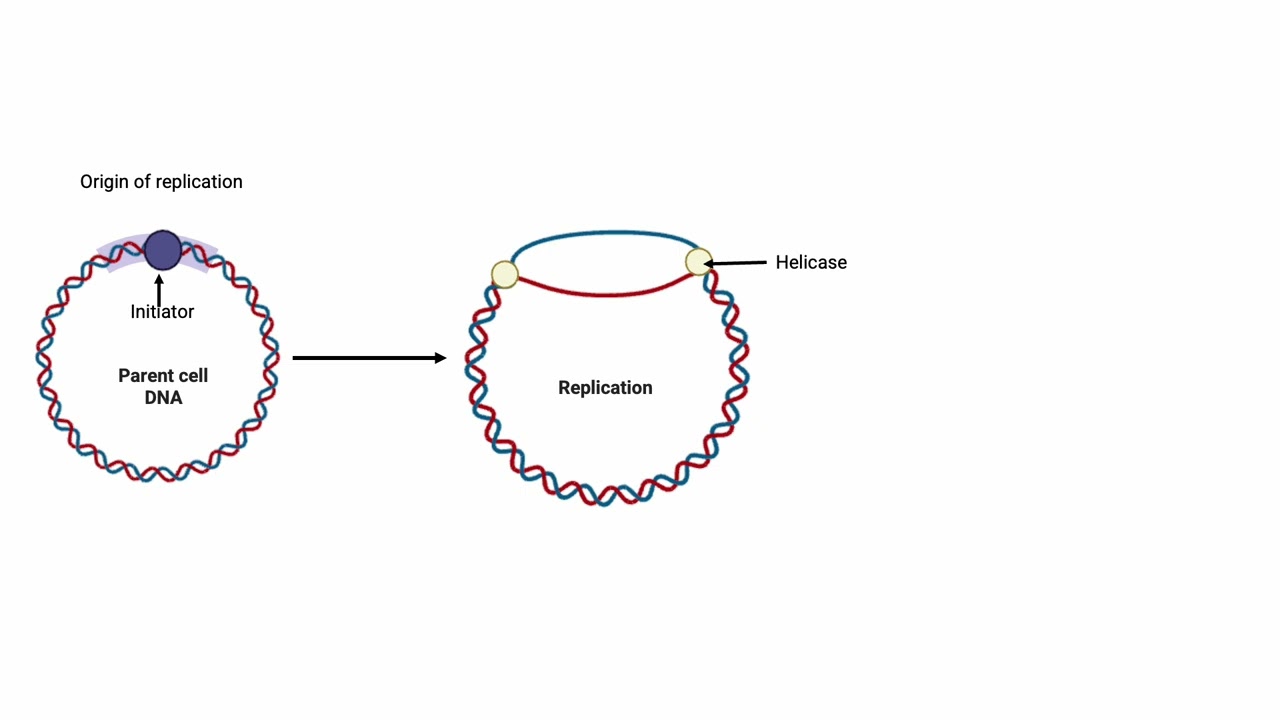
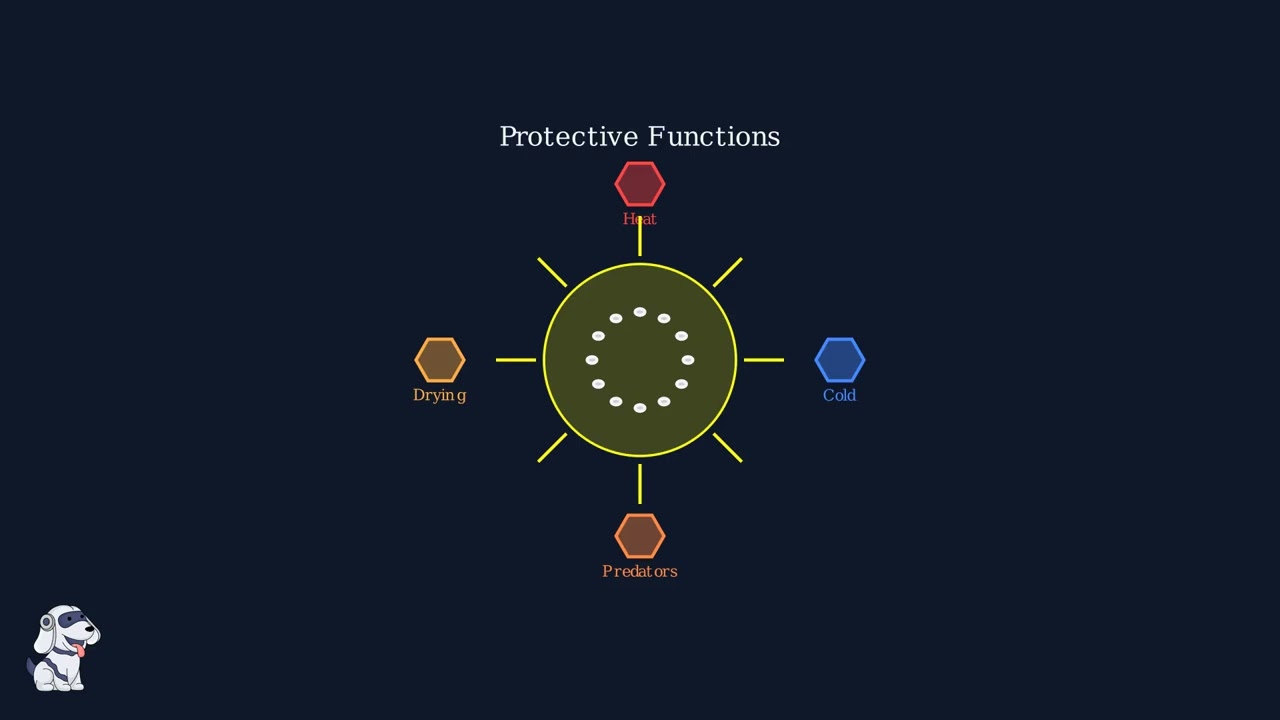
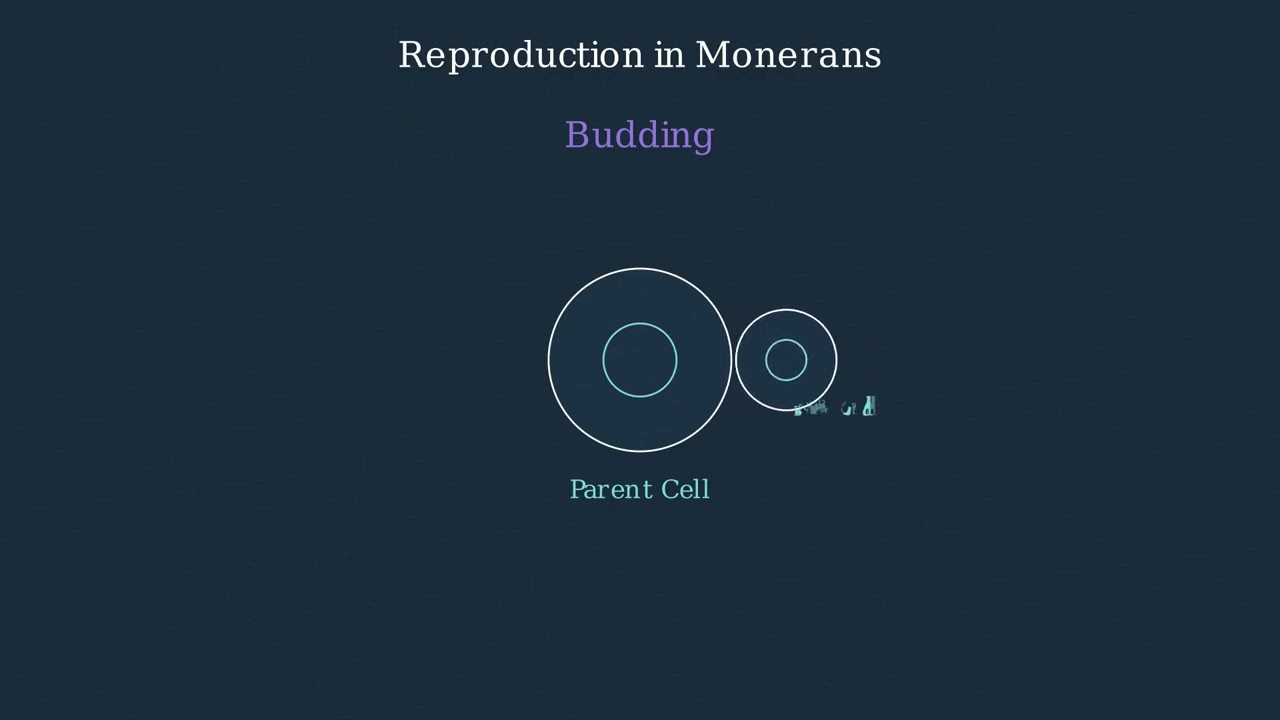
- Text Highlighting: Select any text in the post content to highlight it
- Text Annotation: Select text and add comments with annotations
- Comment Management: Edit or delete your own comments
- Highlight Management: Remove your own highlights
How to use: Simply select any text in the post content above, and you'll see annotation options. Login here or create an account to get started.